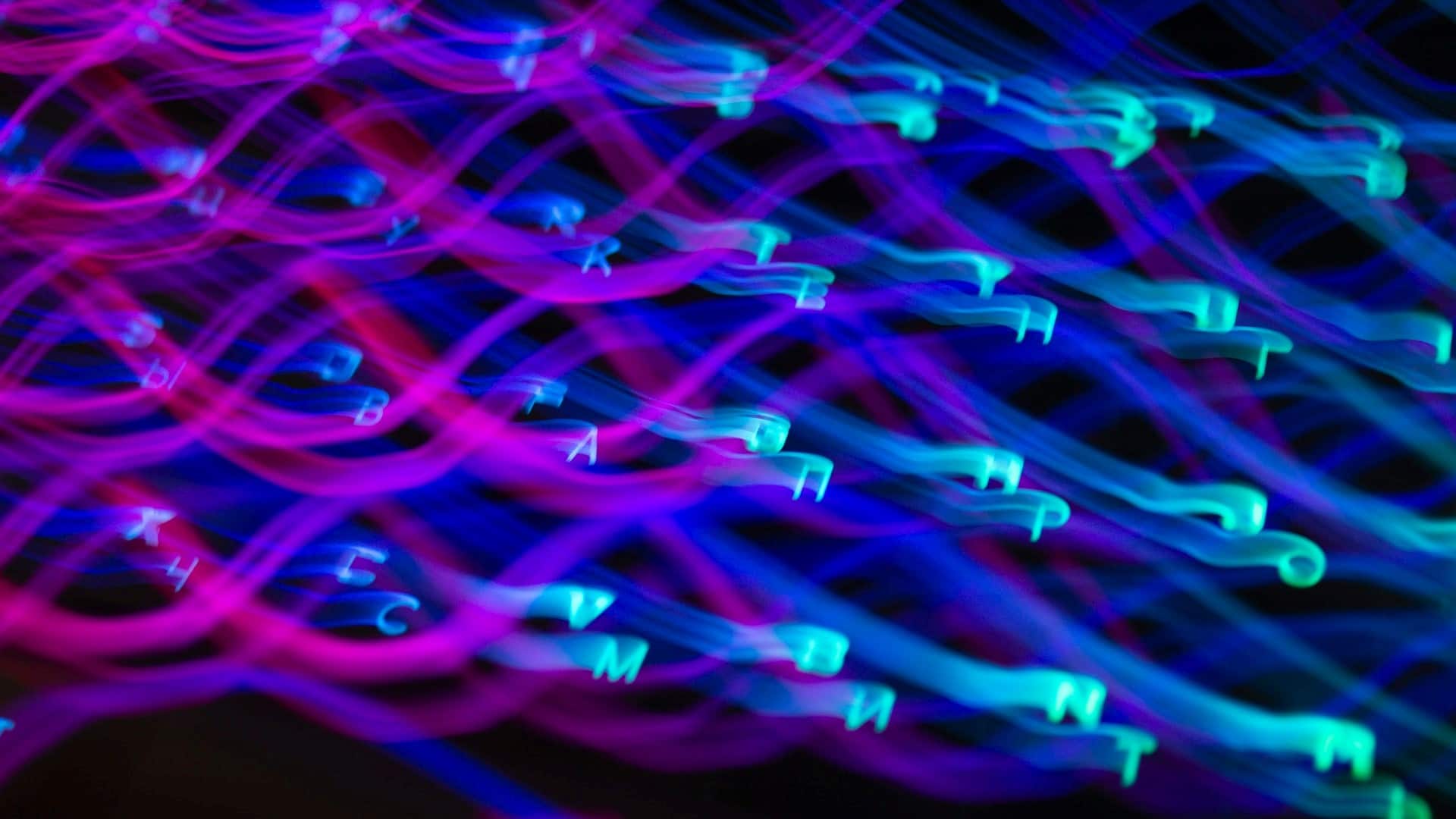Quantum physics research is hinting at new properties/forms of matter, such as a quantum spin fluid. In quantum computers, interactions between qubits can be modified, thus being able to create structures with certain properties. Still, the researchers are in the experimental stage, hoping that quantum computers will help us discover new forms of matter, as well as “unlock” properties such as superconductivity in different materials.
So far, theoretical research in the quantum physics of many objects has mostly focused on regular structures possessing a simple cell unit, and in which a very small number of component pairs directly interact. The spatial configurations then considered existing local interactions and a high degree of symmetry.
” However, recent experimental advances have shown that quantum multibody physics does not have to be limited to such geometries. ‘, write the pre-study authors available at arXiv. For example, in Rydberg simulators, Researchers Studying individual atoms that interact with great vigor, we can now position these atoms freely using optical tweezers. However, the time to simulate these experiments is limited by the fact that the lifetime of the Rydberg atoms in the environment at room temperature is only a few hundred microseconds, at best.
It is interesting to note that quantum computers have certain properties, which for example allow them to manipulate matter without the constraints of space. The concept of the latter is that atoms and molecules are affected by their close neighbors; Through this principle we find reticular structures in nature, in ice materials or even in salt.
Graph theory revealed strange geometric structures
As part of the new study, Joseph Tindall (of the University of Oxford) and colleagues sought to obtain structures very different from conventional solids. To do this, they created a mathematical model that describes quantum particle systems that are free to interact with any other particle (and not just with their neighbors).
” Motivated by rapid advances in controlling pairwise interactions and geometry in multi-body simulators, we determine the fate of multi-body spin systems on more general arbitrary graphs. ‘, they explain. Widely used in mathematics and computer science, graph theory studies the abstract patterns of network graphs that connect objects. It obviously helps determine whether a particular system can actually exist, by examining the limitations of existing systems in the real world. Indeed, applying graph theory to quantum systems in this way is a novelty that can reveal new types of systems and connectivity that do not normally occur in nature.
The result: within the experimental system considered, certain particles interacted with other, more isolated particles, revealing certain geometric structures compared to what one would normally find. These structures even modified their magnetic properties in a certain way. It’s still theoretical, and it’s unclear how this property might appear in the real world, but perhaps a quantum computer could create these irregular structures.
The researchers hope that the special bonds of the molecules will lead to phenomena such as superconductivity – the property of some materials to perfectly conduct electric current, by generating strong magnetic fields.
Experiments still need to be improved to see if the systems will work in the real world, for example by considering how they might change over time. Moreover, the studied structures consider only the connections between particles, not following the idea of distance.
source : arXiv

“Certified gamer. Problem solver. Internet enthusiast. Twitter scholar. Infuriatingly humble alcohol geek. Tv guru.”





